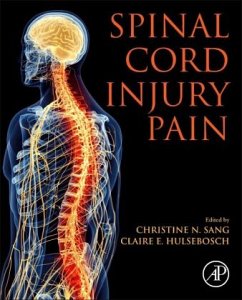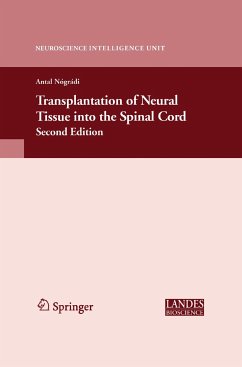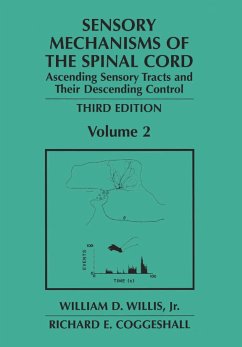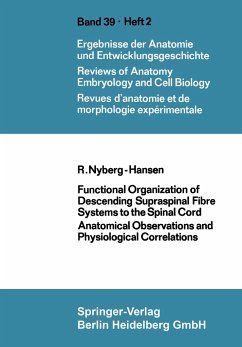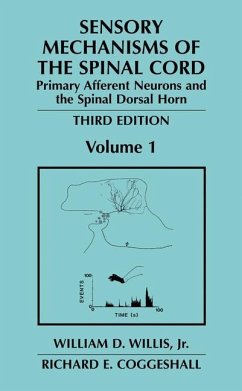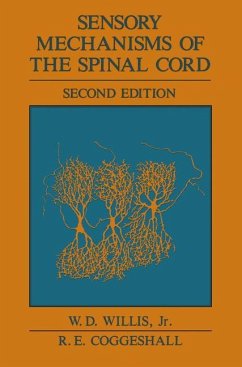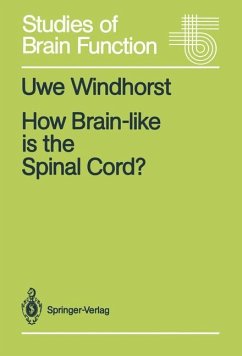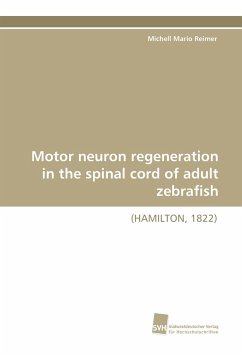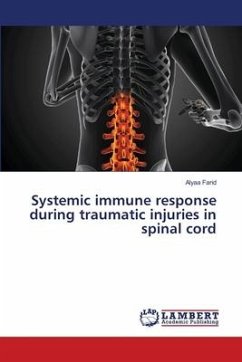
Systemic immune response during traumatic injuries in spinal cord
Versandkostenfrei!
Versandfertig in 6-10 Tagen
29,99 €
inkl. MwSt.

PAYBACK Punkte
15 °P sammeln!
Spinal cord is extremely fragile and vulnerable, and it is strongly protected by a strong bony cage created by the vertebrae. Millions of neurons are housed in the spinal cord, and their bundled fibres run as either upward or downward tracts. The dura mater, arachnoid mater, and pia mater, the three meninges that entirely encase the spinal cord (from outside to inside). The cerebrospinal fluid (CSF) that is present in the subarachnoid area offers additional defence and a calming impact. Thirty one pairs of spinal nerves, which mostly supply the trunk and limbs, are derived from the spinal cord...
Spinal cord is extremely fragile and vulnerable, and it is strongly protected by a strong bony cage created by the vertebrae. Millions of neurons are housed in the spinal cord, and their bundled fibres run as either upward or downward tracts. The dura mater, arachnoid mater, and pia mater, the three meninges that entirely encase the spinal cord (from outside to inside). The cerebrospinal fluid (CSF) that is present in the subarachnoid area offers additional defence and a calming impact. Thirty one pairs of spinal nerves, which mostly supply the trunk and limbs, are derived from the spinal cord. These mixed spinal nerves have a motor component that aids in controlling the trunk and all voluntary muscles in the limbs. In order to receive the sensory data from these locations, they also have a sensory component. Therefore, it is essential to comprehend basic anatomy for better clinical presentation and pathologic interpretation in any spinal cord lesion.



